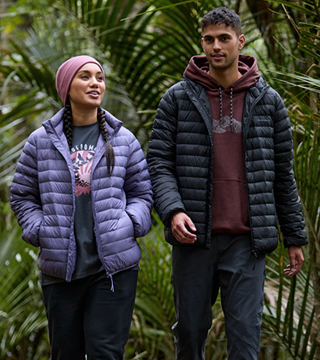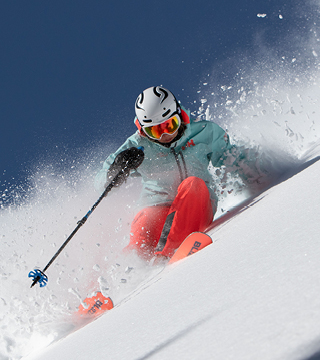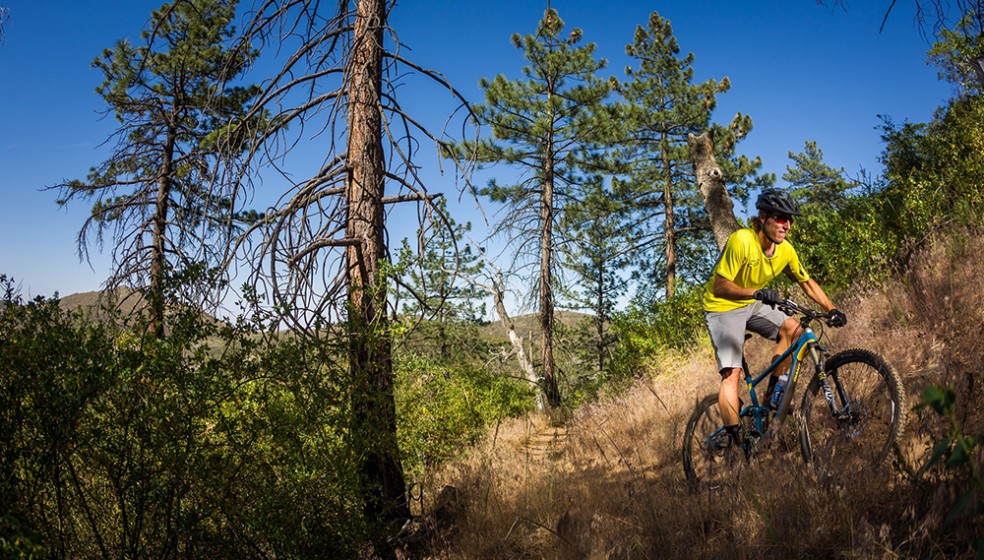Bike Riding Clothing Explained
Cycle Shorts
Cycling shorts are designed to make your time on your bike as comfortable as possible. The material is designed to provide ease of movement and the padded liner will give you comfort in the saddle. When investing in a pair of cycling shorts, it’s important to try on several pairs to determine which model fits your individual anatomy. Owning at least on pair of good cycling shorts, will make your time in the saddle much more enjoyable, especially for those longer endurance rides. A good quality chamois pad on the inside of the short liner will make riding a lot more comfortable and cushion against the firm bike seat.
Material: Cycling shorts are made out of a combination of synthetic fibres to create a fabric that provides stretch and comfort. Entry level shorts are made with both nylon and spandex, to provide a fabric that is both comfortable and affordable. High end cycling shorts are built with technical lycra fabrics that provide both stretch and compression. These more expensive fabrics are also designed to wick moisture away from your skin to keep your dry and prevent chafing. Generally, the more expensive the shorts, the more technical properties the fabric will have.
Panels: The number of panels cycling shorts have refers the number of pieces of material that are stitched together to create the shorts. Generally, the greater the number of panels, the more enhanced the fit and the more comfortable the shorts will be. However, as fabric technologies continue to progress, the number of panels is becoming less important. Most quality cycling shorts will consist of 6-8 panels of fabric.
Chamois: A chamois is the soft padded liner that provides cushioning, wicks moisture, prevents chafing and bacterial growth. There are a range of designs, thicknesses and materials used between different brands. Women’s cycling shorts are designed with a female specific chamois that conforms to a women’s anatomical bone structure. When purchasing a pair of cycling shorts, try a variety of brands to find a chamois that fits your anatomical structure the best. Entry level cycling shorts generally have a thin chamois that does not provide as much comfort and protection as higher end cycling shorts.
Leg Grippers: Shorts that ride up and let material bunch in the crotch area are very frustrating and can be very uncomfortable. Some cycling shorts have sticky rubber like material on the underside of the hem that keep them in place and help you feel comfortably snug.
Bib Shorts: Bib shorts are popular with both road and mountain bikers and provide a comfortable and secure fit. The attached bib not only prevents the shorts from moving around, but also eliminates a waist band, that can restrict movement, disrupt breathing and cause chafing. With the bibs worn under a cycling jersey, these shorts look just like any other bike short.
Baggies: Popular among mountain bikers, baggy shorts have a loose outer short with a lycra liner containing a chamois. When purchasing a pair of baggies, ensure outer short feels comfortable and allows for full leg rotation and flexibility. Different brands have different features such as pockets, vents and fabric technology.
Cycle Jerseys
Cycling jerseys are made out of technical fabrics that wick moisture away from your body and are quick drying to keep you cool and comfortable while you ride. Road cyclists benefit from wearing tight fitting jerseys that reduce drag. Mountain bikers generally wear looser fitting jerseys as they move at slower speeds and drag is not an issue. When you are shopping for a cycling jersey, look for added features such as back pockets to carry food and essentials, or reflective strips for night riding.
Cycle Jackets
When the weather turns nasty, or you head out on your bike on a frosty morning, a jacket will quickly become your best friend. Cycling specific jackets are lightweight and designed to pack down small into your pocket or bag. The wind chill on a bike can be brutally cold, which is where a windproof jacket is ideal. When purchasing a jacket, think about what weather you are planning on using it in. Some jackets are designed to be windproof, but not waterproof. If you are looking for a jacket to keep you dry in the rain, then look for a jacket with a waterproof rating of at least 10,000mm. You should also make sure the jacket is seam sealed, to prevent the rain coming in through the stitching. High end cycling jackets are designed with technical fabrics that are both waterproof and breathable, to keep you dry and comfortable. As you perspire when you are exercising, a jacket that is not breathable will become very wet inside, as the water vapour cannot escape.
Layering tips
Choosing the correct clothing layers depending on the weather conditions is an important part of gearing up to head out on your bike. Being too warm or too cold can both be detrimental to your energy levels as your body wastes energy regulating your body temperature at both extremes. The three basic layers that you should always follow are; a base layer, insulating layer and an outer shell. Depending on the weather conditions, you may not need all three layers, but it’s better to have too many layers that you can remove, compared to not enough layers when the weather turns nasty. Base layers are designed to sit next to your skin and are made out of technical fabrics that wick moisture away from your skin, keeping you dry. Base layers are available in full sleeve, short sleeve or sleeveless options, all designed to keep your core temperature regulated while you are exercising. A lightweight insulating layer works by trapping air close to your body. These layers are made out of synthetic materials such as polyester that are lightweight, breathable and insulate even when wet. They also dry faster and have a high warmth-to-weight ratio. Your final layer will be an outer shell such as a windproof vest or waterproof/breathable jacket, depending on the weather conditions.
Leg/Arm Warmers
These are very popular with cyclists as they provide warmth to your extremities, but take up very little space in your pocket or bag when they are not needed. Most arm warmers have a fleece lining for insulation and easily slip onto your arms or legs. When temperatures rise, these can be slipped off quickly without having to unbutton or zip off layers.
Cycle Gloves
Cycling gloves not only protect your hands in the event of a fall, but they have strategically placed padding to reduce vibrations and hand fatigue. For hot weather, gloves with short cut fingers will keep your hands cool, yet still provide comfort. For cold-weather rides, it’s a good idea to invest in a pair of moisture wicking, breathable; full-finger gloves. Mountain bikers often prefer full finger clothes for added protection, which are available in light weight/breathable designs for summer riding.
See you out there,
Whitney Dagg
Torpedo7
Dunedin

















